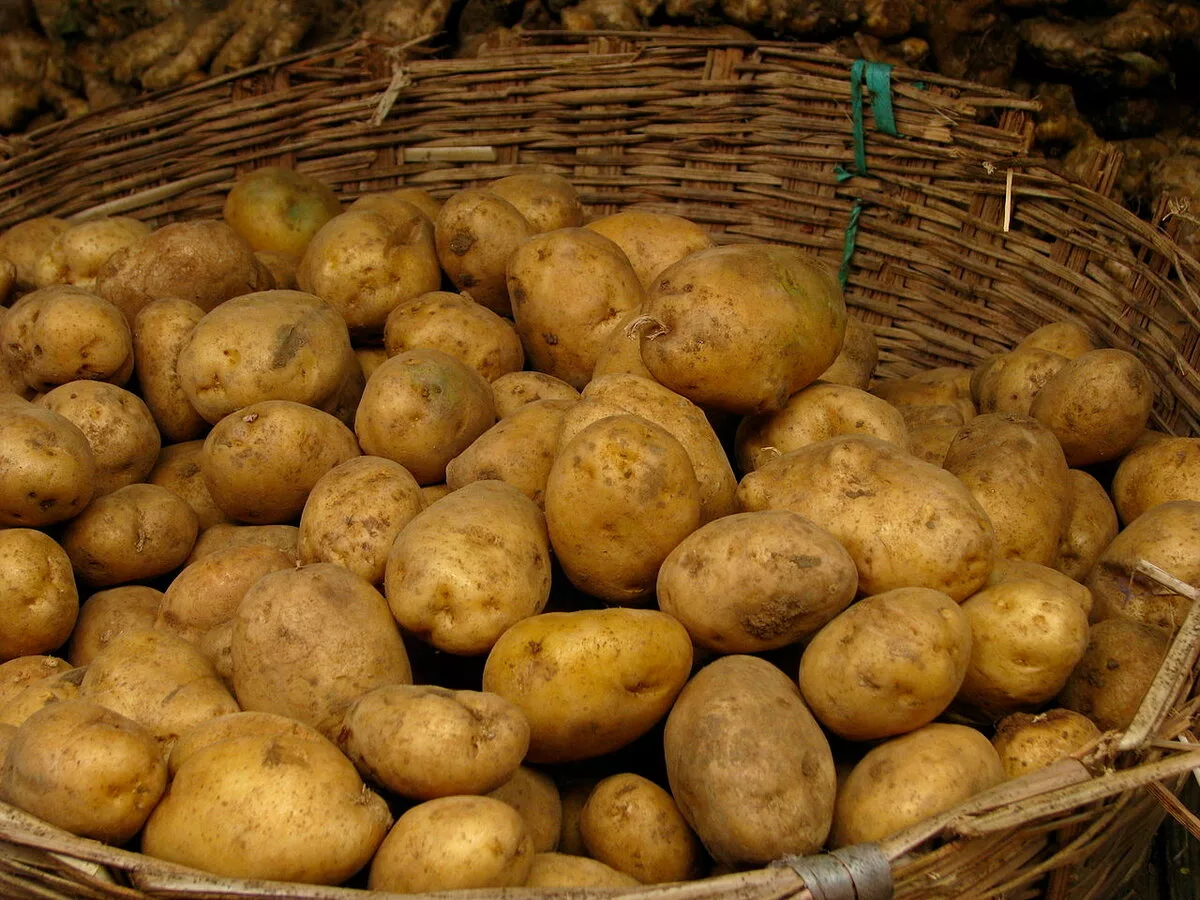Innovative Approach Uses Prescribed Grazing to Combat Invasive Grasses and Promote Rangeland Restoration
Agricultural Research Service (ARS) scientists based in Boise, Idaho, are leveraging cattle grazing as a strategic tool to combat invasive grasses and mitigate wildfire risks across western rangelands. This initiative, part of the Long-Term Agroecosystem Research (LTAR) Network, employs prescribed grazing to manage harmful species such as cheatgrass and medusahead, aiming to enhance rangeland conservation and reduce wildfire frequency.
Restoring Rangelands with Prescribed Grazing
The project, conducted by the Northwest Watershed Research Center, focuses on using flexible management practices to restore damaged rangelands. Cheatgrass and medusahead, prevalent in the Great Basin and other western regions, are highly flammable and contribute to the escalation of wildfires into megafires of 100,000 acres or more. According to Pat Clark, ARS rangeland scientist, these invasive grasses pose significant challenges by increasing the frequency and intensity of wildfires.
By implementing prescribed grazing, ARS scientists are guiding cattle to feed on these invasive grasses at specific locations and times. This practice is designed to reduce the presence of annual grasses and facilitate the recovery of desirable plant species, such as perennial bunchgrasses and sagebrush. The approach not only aids in wildfire protection but also supports rangeland conservation efforts.
High-Intensity Low Frequency (HILF) Grazing and Targeted Projects
The ARS team utilizes a method known as High-Intensity Low Frequency (HILF) grazing, which contrasts with more conventional agricultural practices. This technique involves periodic but intensive grazing to manage invasive species and support ecosystem recovery. In addition, ARS has been involved in targeted grazing projects aimed at creating and maintaining fuel breaks to protect communities and natural resources from cheatgrass-fueled wildfires.
A notable initiative began in 2017, in collaboration with western cattle ranchers and the Bureau of Land Management. This five-year project, concluding in 2023, evaluated the effectiveness of targeted cattle grazing in the Great Basin regions of Idaho, Nevada, and Oregon. Although this specific project has ended, ARS continues to work with livestock ranchers and growers to develop sustainable practices for preserving and restoring U.S. rangelands.
Ongoing Collaborations and Future Directions
The continued efforts by ARS and its partners are crucial for the long-term health and sustainability of rangeland ecosystems. By integrating cattle grazing into rangeland management strategies, ARS is addressing the dual challenges of invasive species and wildfire risks, contributing to improved environmental quality and ecosystem resilience.

